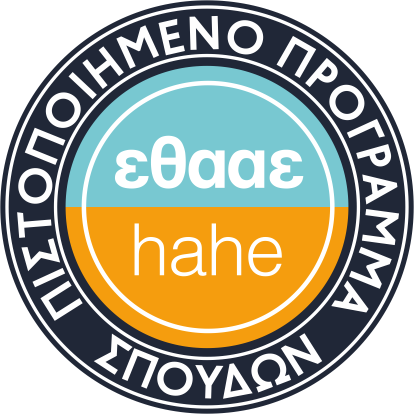
Δρ. Βασίλης Πασχαλίδης
University of Princeton
University of Princeton
12:00 Εργαστήριο Αστρονομίας, Α.Π.Θ.
Abstract:
This year marks 100 years from the birth of Einstein's theory of general relativity, and we are on the verge of directly confirming one of its most important predictions - gravitational waves (GWs). Collisions of compact binaries, i.e., binaries involving black holes, neutron stars or white dwarfs, are among the most promising sources for detectable GWs. Such sources are also likely to generate observable electromagnetic (EM) and/or neutrino counterpart signals to GWs, making them unique targets for multi-messenger astronomy. These multi-messenger sources can be powerful probes of fundamental physics, such as the state of matter under extreme conditions, cosmology, as well as our theories of gravitation. However, the identification, detection and interpretation of GW and EM signals from compact objects requires careful theoretical modelling through the last stages of the merger, during which all approximations to general relativity break down. The only avenue to theoretically understanding these highly non-linear systems, is solving the Einstein equations with the aid of supercomputers. In this talk I will review the challenges involved in this endeavour, and present results from recent magnetohydrodynamic simulations in general relativity (GRMHD) that show for the first time how black hole-neutron star mergers can launch jets, lending support to the idea that such mergers could be the engines that power some of the most energetic explosions in the Universe - short-hard gamma-ray bursts. I will also describe recent GRMHD simulations of merging supermassive black hole binaries in magnetized disks, which are thought to occur following galaxy mergers.


